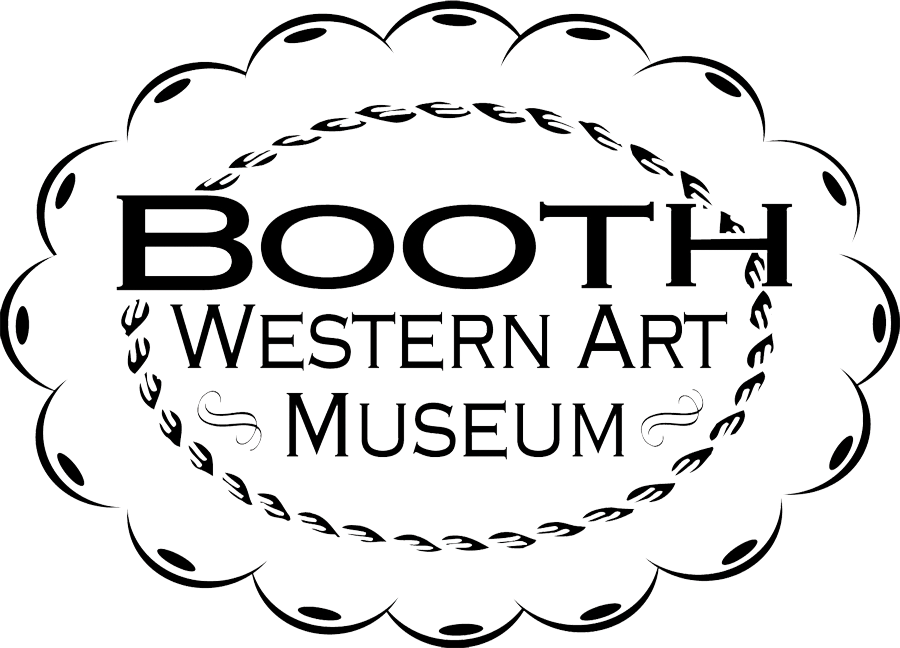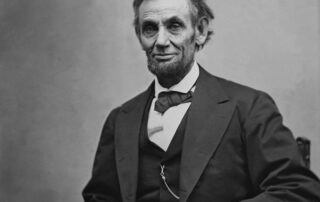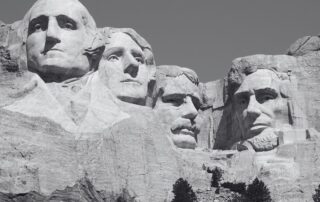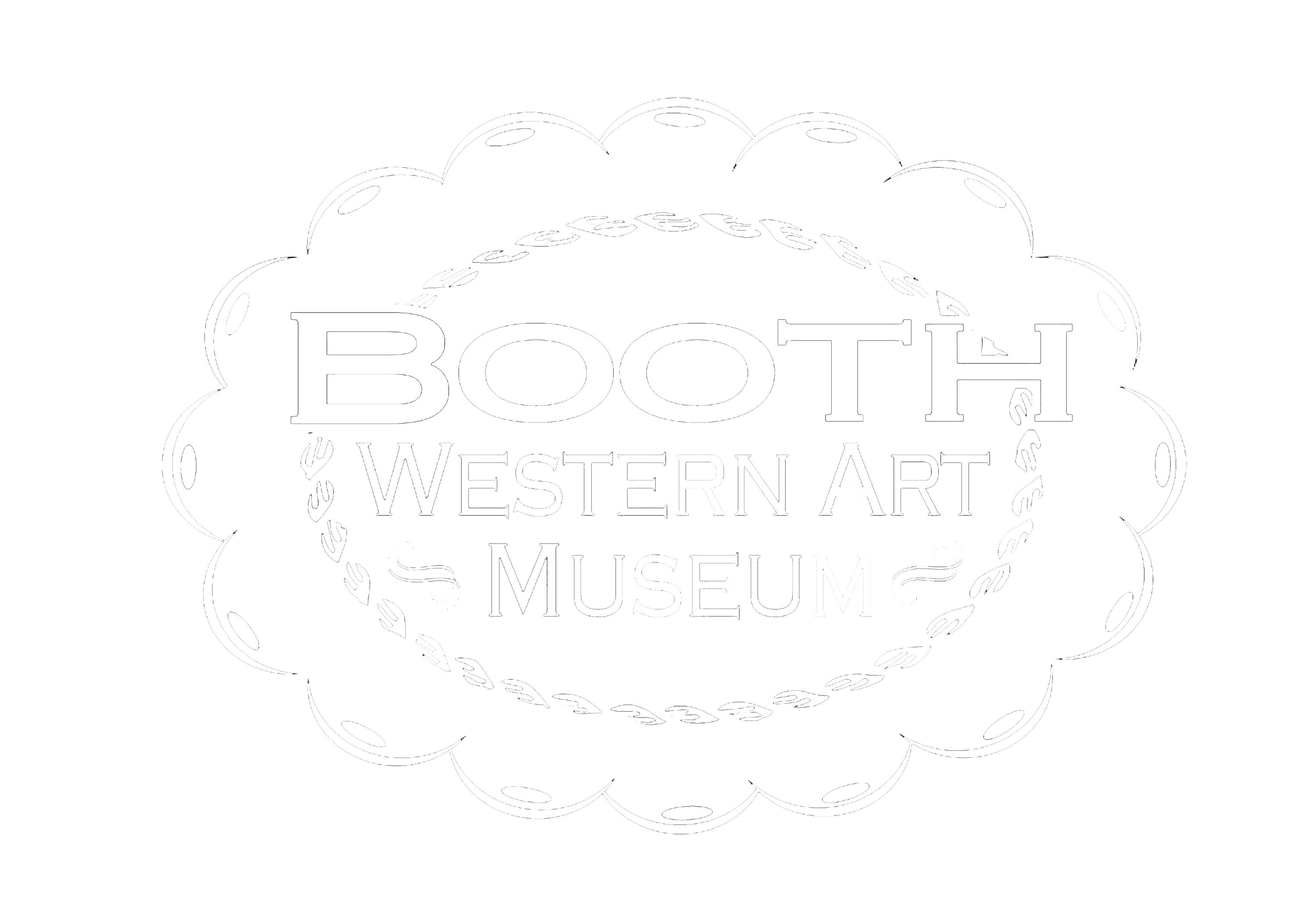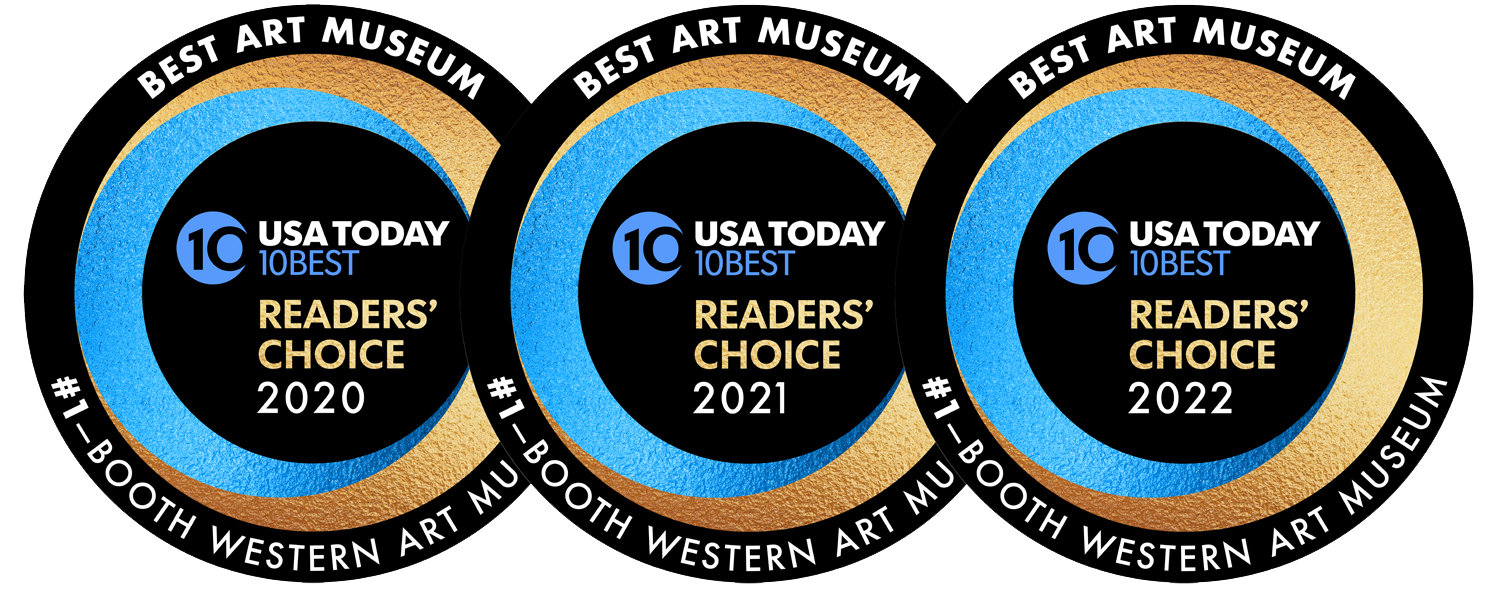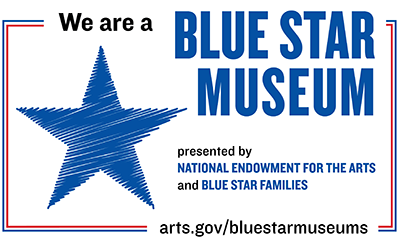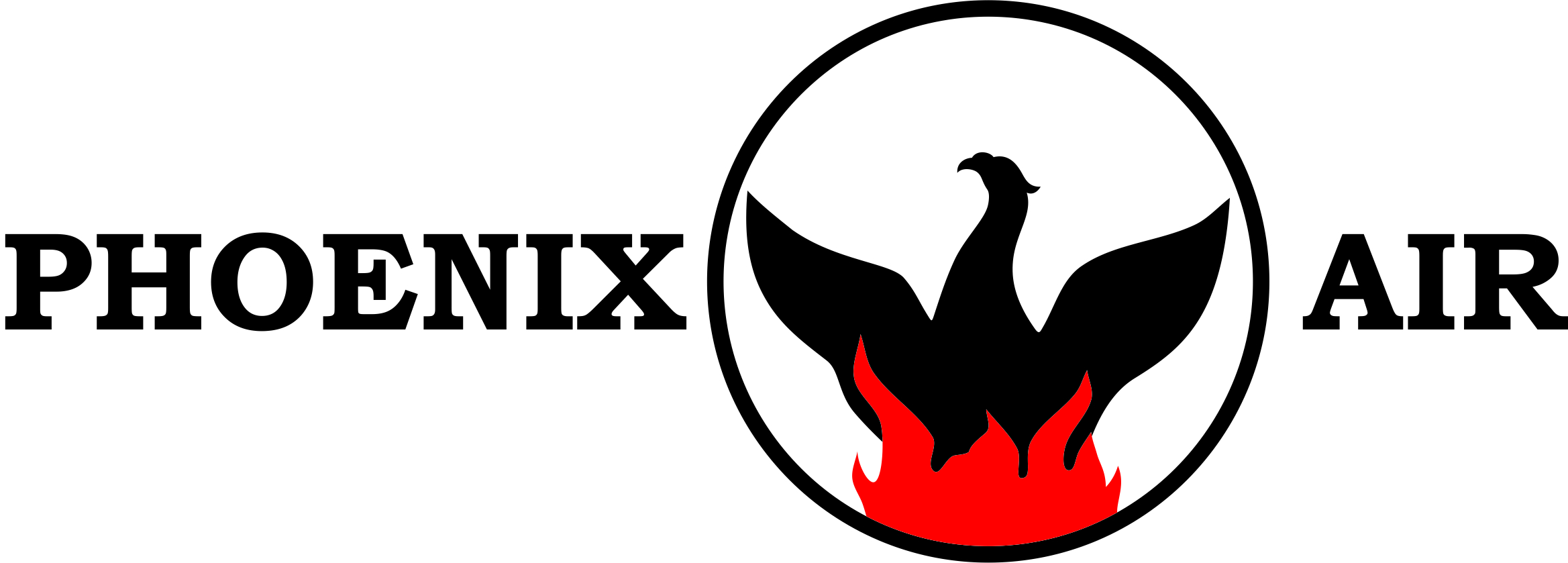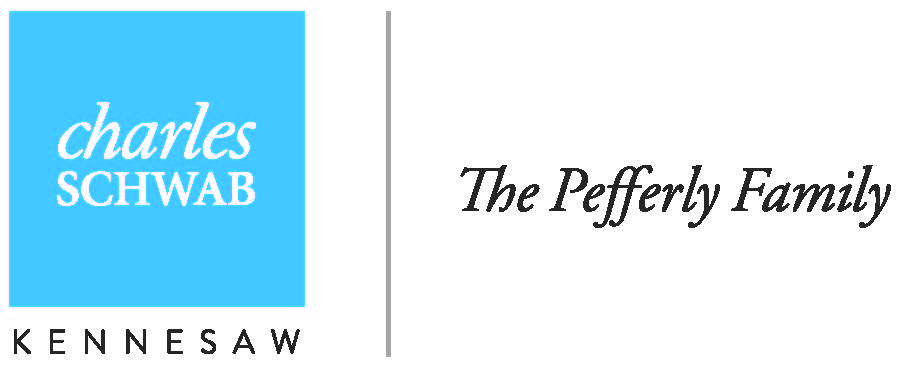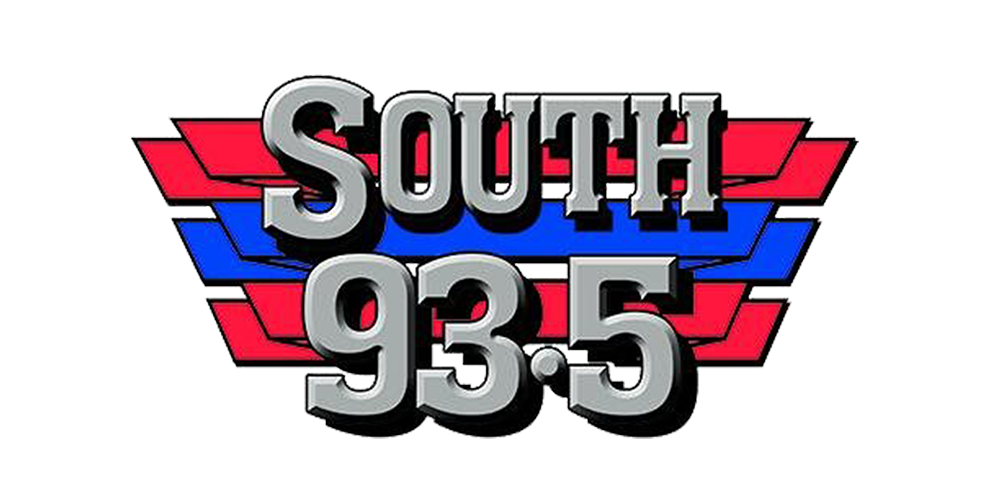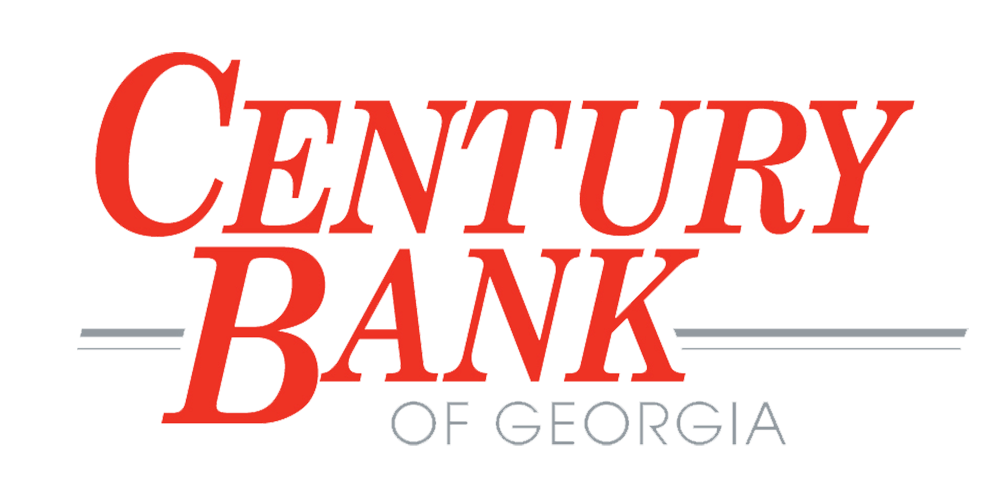For this writer, having spent over 40 years deep-diving into a presidential hobby, meeting a president was a peak experience.
It proved to be a day of the most unusual events.
About 14 years ago, I was set to fly from Atlanta to San Francisco for business. It was going to be unusual in that I was in first class, due to the presence of the 6’5” owner of the business I worked for preferring that class vs. coach. We were all seated and expecting to push back when Jimmy Carter and his Secret Service agent entered and sat in the two seats in front of us!
As you may know, that flight is roughly five hours in length, and my head was filling with thoughts of how I might introduce myself to the president. Suddenly, the agent, who was on the aisle, and Jimmy popped up and exited the plane.
A moment later, the pilot announced there was a technical problem and we were going to switch planes. Delta just happened to have an identical plane a few gates down the concourse. We were asked to deplane and move to the other gate and to use the same seats as our original ones.
The same boarding sequence happened once again. Everyone got settled, then the president and the agent returned. However, the president didn’t sit down. Instead, he turned to me in the seats behind his, flashed his famous smile, stuck out his hand and said, “I’m Jimmy Carter, what’s your name?” I popped up to shake his hand and said, “Nice to meet you Mr. President, I’m Chris Binkert.”
Then he was gone, moving down the aisles to meet and greet everyone on the plane. It took about 20 minutes to do this, but no one was unhappy with the delay. Apparently, he always did this when flying, so everyone could get their chance to meet him and allow him to take the flight in relative peace.
I was seated on the aisle, and Jimmy was seated by the window. Therefore, I was able to peek between the seats and observe him during the flight. Not much to report, other than he read The Economist at length.
Upon landing, he and his agent were the first off the plane and gone, leaving me with a first-class experience with the only president I ever met.
Jimmy Carter’s recent passing at age 100 has flooded my mind with this chance opportunity. It also caused me to re-examine his life and accomplishments once more.
Early Days
Jimmy Carter was the first president born in a hospital, on October 1, 1924. He lived in Archery Georgia, three miles outside the town of Plains, population 400. His home was a Sears, Roebuck ‘kit house’ without running water or electricity until he was 11 years old.
His playmates were nearly all Black kids, most of whose parents worked on his father Earl Carter’s farm. His father called his first born son Hot Shot. Jimmy called him Sir. Jimmy worshipped his father and strove to always meet his very demanding expectations. Unfortunately, his father never showed him much outward love, a burden Jimmy would later lament in poems.
Jimmy’s mother, Lillian, was a nurse. Her breezy and outspoken personality later made her a fixture in the media during Carter’s presidency.
Jimmy attended school in Plains, graduating from Plains High School. He attended a local community college in Americus, and later Georgia Tech in Atlanta before winning an appointment to the US Naval Academy in 1943.
He graduated from the Naval Academy in 1946 and sped home to Plains to marry Rosalynn Smith that same year, their first of 77 years together.
He entered the submarine service and served on multiple ships in the Atlantic and Pacific regions. In 1952, he began an association with legendary Admiral Hyman Rickover, father of the country’s initial nuclear submarine force.
Jimmy’s father Earl passed away in 1953 from pancreatic cancer, causing Jimmy to resign his commission and return to Plains to run the family’s peanut business. Rosalynn was devastated by his decision, and thought moving back to Plains was a “giant step backwards”.
In the late 1950s Jimmy began his political career, methodically rising from local offices to governor from 1971-1975, and then to the pinnacle office of president in 1976, defeating incumbent Gerald Ford.
His Presidency
His achievements in office were substantive, leading some of his biographers to claim that his presidency is underrated and likely to improve over time, much like Harry Truman, Jimmy’s favorite president.
Foreign Policy
Carter’s best-known achievement in foreign policy surely is the Camp David Accords, where Jimmy spent 13 days brokering and enabling an enduring peace treaty between Israel and Egypt, one that recast the dynamics of the Middle East ever since.
In foreign affairs he also officially recognized China, establishing ongoing diplomatic relations. Controversially, he agreed to return the Panama Canal to Panama, which in his mind was strategically critical to ensure its ongoing peaceful operation in our interests.
Jimmy Carter was the first president to put human rights at the center of his foreign policy, calling out rogue states and harsh practices as a matter of the normal course of diplomatic relations. He put an exclamation mark on that policy by withdrawing the USA from the 1980 Olympics held in the Soviet Union due to the Soviet Union’s 1979 invasion of Afghanistan.
Domestic Policy
On the domestic front, he was well ahead of his time in putting the environment on the table and creating the Department of Energy in 1979 to give focus and heft to what he perceived as an existential threat to the world. He added solar panels to the roof of the West Wing to visually support the use of alternative energy sources.
He approved 10 new national parks and set aside hundreds of millions of acres of land for preservation, more than any other president by far.
If you have flown anytime since the 1980’s you benefitted from Carter’s deregulation of the airline industry, allowing for more competition and removing the federal government from setting fares and routes.
On the other hand, the 444 day Iran hostage crisis, a failed hostage rescue attempt, high inflation, a poorly received “malaise” speech on conserving energy and, finally, the challenge from Ronald Reagan in 1980 proved impossible for him to earn a second term. He carried only 6 states in the 1980 election.
That said, he gets credit for making decisions in the best interest of the country despite likely blowback at the next election. His appointment of Paul Volcker as the head of the Federal Reserve in 1979 was such a decision.
Volcker’s solution to reduce high inflation (11%) was to raise interest rates to punishing levels, a position well known to Carter in advance. Knowing that such painful rates would hurt him at the polls in 1980, he went ahead with the appointment. Volcker did get rates down significantly to 3%, but only after Carter lost to Ronald Reagan in 1980.
Carter also appointed many persons of color and women to the federal bench, far more than any other president up to that time.
Rosalynn
It’s hard to think about Jimmy without also considering Rosalynn, his wife of 77 years.
Rosalynn was a determined, and some say, shrewd politician in her own right. She campaigned hard for Jimmy in the 1976 national election, and broke tradition when she exited the limo to walk hand in hand with Jimmy and youngest daughter Amy down Pennsylvania Avenue after the swearing in ceremony.
Jimmy valued her opinion and considered her a “full partner” in every aspect of their lives. Knowing her intense interests, he allowed her to sit in on cabinet meetings as an observer. This too was unprecedented. She pushed hard for her own agenda, principally for passage of the Equal Rights Amendment, and various efforts to promote better mental health in the country. Rosalynn passed away in 2023 at the age of 96.
Post Presidency
Jimmy Carter spent 43 years, after leaving office in 1981, creating a modern template for a successful and engaged post-presidency. From building Habitat for Humanity homes, to supervising elections in far-off democracies, to nearly extinguishing deadly Guinea worm disease in Africa, Jimmy Carter, via his personal service and The Carter Center, put forward a humble yet determined effort to make a difference in the world by artfully using “The Presidency” as his calling card and platform of influence. He wrote books to pay the bills, declining to serve on corporate boards or giving speeches for millions of dollars.
Ever in full partnership with Rosalynn, Jimmy engaged in most of these efforts with her by his side, except for book writing. Early on, they were both writing and decided to ‘help edit each other’s work’. That only led to arguments, and they never tried that again! Jimmy ended up writing more books than any other modern president.
Carter knew full well that he couldn’t have done all this without the support of many.
One symbol of his gratitude was his decision to pose for a photo with all his Secret Service Agents immediately after receiving the Nobel Peace Prize in Norway, his way of recognizing their service and helping him in his post presidency.
His Secret Service code name was Deacon, in recognition of his lifelong commitment to his faith community. He regularly taught Sunday School at the Maranatha Baptist Church in Plains for decades.
Carter also believed in reconciliation. Carrying grudges was not his style. For example, Jimmy became very close friends with Gerald Ford, the man he defeated in the election of 1976. In the heat of the election, they had frequently dumped harsh, personal attacks on each other. Jimmy started the reconciliation process with Ford in the first words of his inaugural address, thanking Ford for his service and “healing our land.” They became very close friends, and Jimmy gave the eulogy at Ford’s funeral in 2007.
Jimmy believed that “faith in something is an inducement not to dormancy but to action.” As his life demonstrated, he took this belief with him every day, trying to take actions to better humanity as he found it.
It’s easy to find out more about Jimmy Carter by visiting his Library and Museum in Atlanta, or his National Historical Park in Plains. It’s worth your time.
Rest in peace, Mr. President. I consider it a privilege to have met you once on a plane ride.
